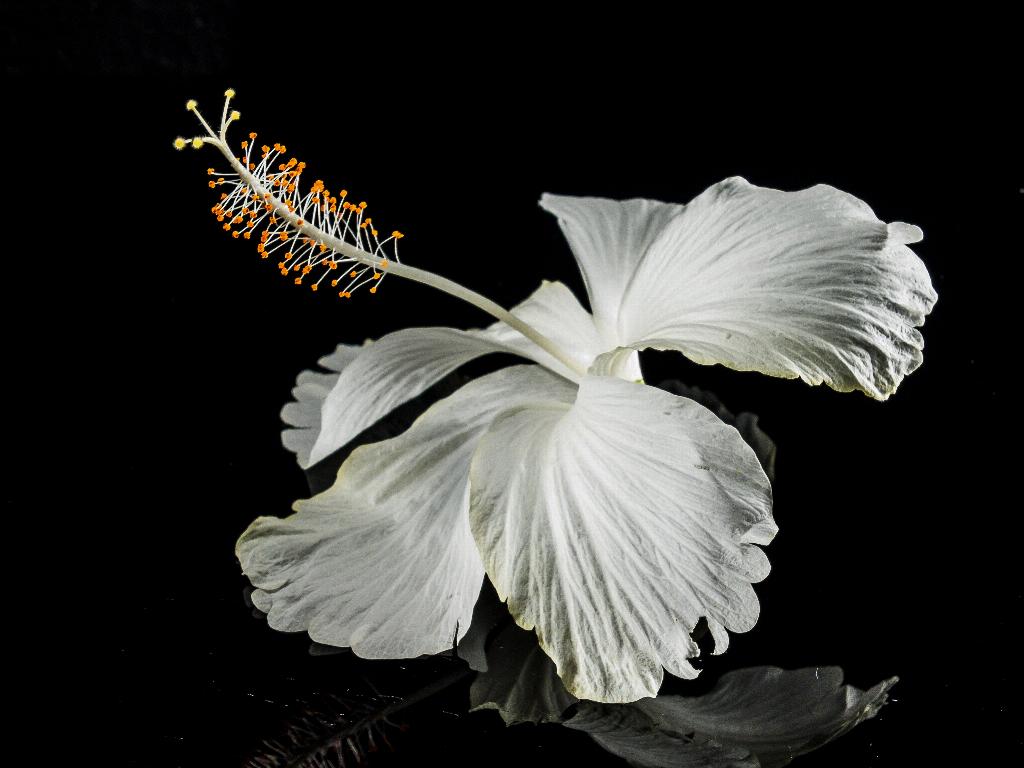If you’ve decided to bring the vibrant beauty of a hibiscus plant into your home or garden, you’re in for a treat! Hibiscus plants are known for their stunning blossoms and lush foliage, but like any plant, they require specific care to thrive. In this detailed guide, we’ll walk you through everything you need to know to keep your hibiscus healthy and happy.
1. Choose the Right Location
One of the most crucial aspects of hibiscus care is selecting the perfect spot for your plant. Hibiscus plants love the sun, so be sure to place them in a location where they’ll receive at least six hours of sunlight each day. Additionally, ensure that the soil is well-drained to prevent waterlogging, which can lead to root rot.
2. Watering Needs
Keeping your hibiscus plant well-watered is essential for its health and vitality. Water your hibiscus regularly, allowing the soil to dry out slightly between waterings. Be mindful not to overwater, as this can cause root rot. Aim to keep the soil consistently moist, but not waterlogged.
3. Fertilizing Your Hibiscus
To promote healthy growth and abundant blooms, it’s important to fertilize your hibiscus plant regularly. Use a balanced, water-soluble fertilizer formulated for flowering plants. During the growing season, fertilize your hibiscus every two to four weeks, following the manufacturer’s instructions.
4. Pruning and Deadheading
Pruning your hibiscus plant will not only keep it looking neat and tidy but will also promote new growth and blooming. Remove any dead or damaged branches, as well as spent flowers, a process known as deadheading. Pruning should be done in early spring before new growth appears.
5. Winter Care
During the winter months, hibiscus plants may require special care to survive. If you live in a region with cold winters, consider bringing your hibiscus indoors or providing adequate protection from frost. Reduce watering during the dormant season and ensure your plant receives sufficient light.
6. Pests and Diseases
Keep an eye out for common pests such as aphids, spider mites, and whiteflies, which can plague hibiscus plants. Regularly inspect your plant for signs of pests and treat them promptly with insecticidal soap or neem oil. Additionally, watch for signs of fungal diseases and address them promptly.
7. Repotting Your Hibiscus
As your hibiscus plant grows, it may outgrow its current container and require repotting. Choose a pot that is one size larger than the current one and use a well-draining potting mix. Repot your hibiscus in the spring when new growth begins to emerge.
8. Humidity and Temperature
Hibiscus plants prefer warm, humid conditions, similar to their native tropical habitats. If you’re growing your hibiscus indoors, consider placing it in a room with adequate humidity or using a humidity tray. Maintain temperatures above 50°F (10°C) to prevent cold damage.
9. Propagation
If you want to expand your hibiscus collection or share your plant with friends, consider propagating your hibiscus through stem cuttings. Take cuttings from healthy, mature growth and place them in a moist growing medium. With proper care, the cuttings will develop roots and grow into new plants.
10. Summer Care Tips
During the hot summer months, pay extra attention to your hibiscus plant’s watering needs. The increased temperatures and sunlight can cause the soil to dry out more quickly, so be sure to water your plant regularly. Consider providing shade during the hottest part of the day to prevent heat stress.

11. Soil Requirements
For optimal growth, hibiscus plants require well-draining, slightly acidic soil. A mix of potting soil, perlite, and sand can provide the ideal growing medium for your hibiscus. Test the soil pH periodically and adjust as needed to ensure your plant has the right environment for growth.
12. Enjoying Your Hibiscus Plant
With the proper care and attention, your hibiscus plant will reward you with stunning blooms and lush greenery. Take the time to observe your plant, address any issues promptly, and watch it thrive under your care. By following these tips and guidelines, you’ll be well on your way to becoming a successful hibiscus plant parent!
